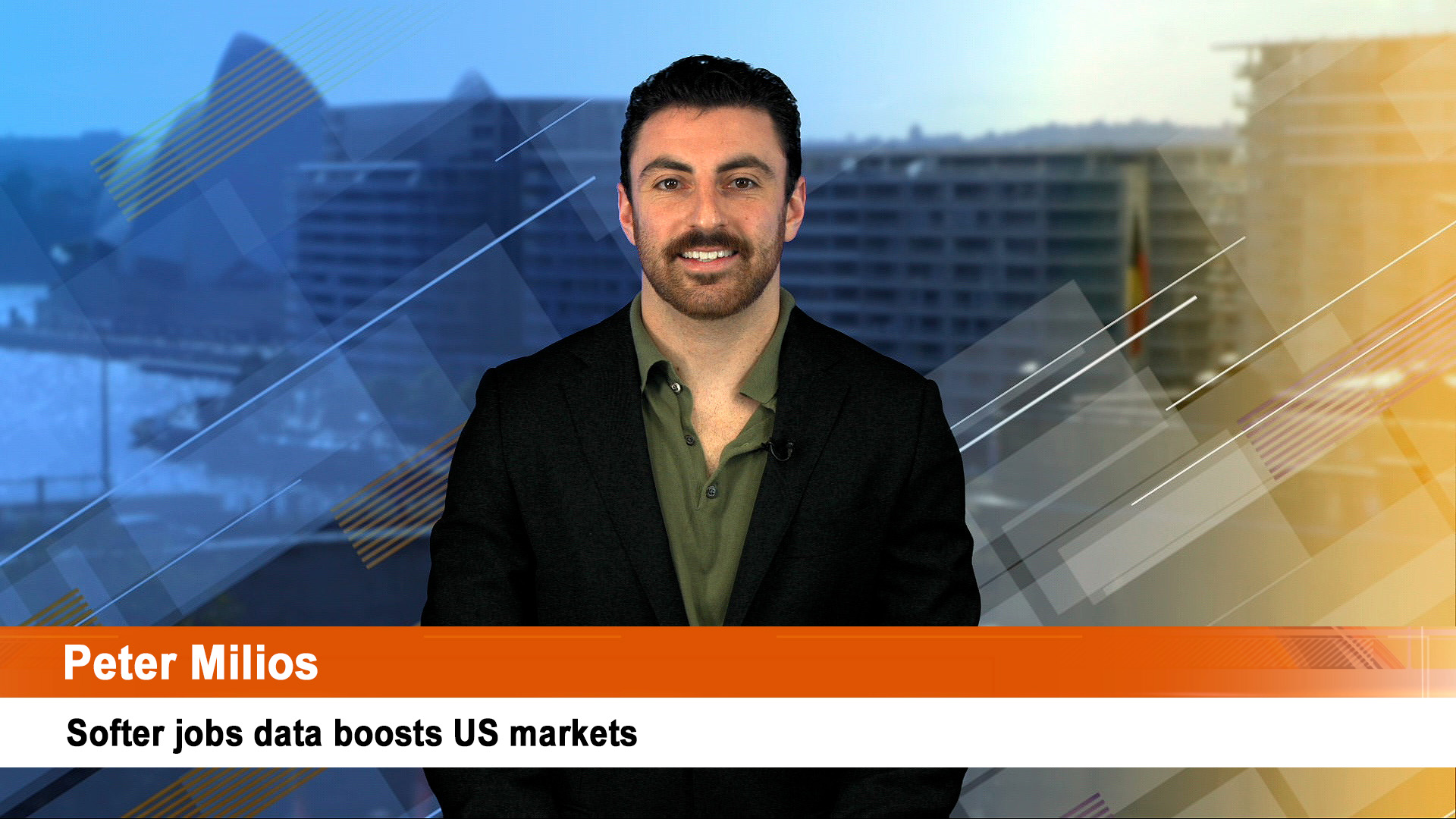While normally this week’s meeting of the US Federal Reserve would dominate markets and investor thoughts, the coronavirus crisis in China will grab all the attention investors this week and knock market sentiment.
In Australia, the December quarter and 2019 consumer price inflation data will be issued, but the spread and impact of the virus will be the dominant story for investors.
Normally China’s government-sponsored manufacturing sector activity figures (on Friday) would be the major data release this week from the country at the end of the week-long Lunar New Year break but the coronavirus crisis with its rising death toll and the way it has broken out of China to at least seven other countries is starting to damage confidence around the globe.
Most outbound travel from China has been stopped while Taiwan and Hong Kong has restricted travel with affected parts of China and banned travel groups. Hong Kong canceled New Year celebrations and closed schools until February 17.
And that will make for rough, volatile trading on stock markets here and offshore.
The coronavirus crisis will also overshadow events at week’s end when the UK leaves the European Union.
Increasing market jitters are expected as Brexit Day approaches at the end of the week, with analysts assessing the ability of the UK government to make trade deals with the EU before the transition period runs out at the end of 2020.
The Bank of England also meets this week, and prospects of a rate cut are not high – the central bank will want to see how markets handle the looming Brexit.
In the US, Fed policymakers meet during the week and the central bank will continue to sit on its hands which will continue for an extended period barring any material changes to the outlook for the American economy.
The Fed decision will be issued early Thursday morning, Sydney time. The usual post-meeting media conference by chair Jay Powell will be closely watched for any change in tone about the central bank’s wait and hold stance.
The first estimate of US fourth-quarter GDP will be out this week in focus as well, with expectations of steady growth during the closing quarter of last year of around 2%, although it will depend on the performance of consumer spending (which has slowed) and the trade account.
US trade, home sales and consumer confidence data will be issued this week along with the latest reading on US house prices.
The US 4th quarter reporting season accelerates – more than 100 S&P 500 companies are due to report (See separate story).
Watch in particular the reports from Apple, Boeing, Microsoft, Tesla, Amazon and Facebook.
In the eurozone, updated GDP figures will likely provide confirmation to expectations of subdued growth.
The December manufacturing and services surveys showed that the European economy ended 2019 at its weakest since 2013, with near-stagnant demand and gloomy prospects extending into the new year.
In the Asia Pacific, the Bank of Japan’s summary of opinions will be scrutinised for clues of the likelihood of tighter monetary policy following growth forecast upgrades at last week’s policy meeting.
Retail sales for December, along with industrial production data for the same month, will be issued late in the week.
India’s 2020 budget will also be watched closely for any announcements of fiscal measures to try and offset a sharp slowing in growth. There will also be an updated official estimate of 2019-20 GDP growth.
Australia will be quiet – the CPI ’s release won’t change Reserve Bank thinking on rates.
Look for a CPI reading around 1.8% annual and 0.4% to 0.6% quarter on quarter. The CPI rose 1.7% in the September quarter.
The quarter’s producer price data will be issued on Friday while the international trade price indices will be issued on Thursday.
And small industrial, GUD Holdings releases its half-year figures on Friday.













